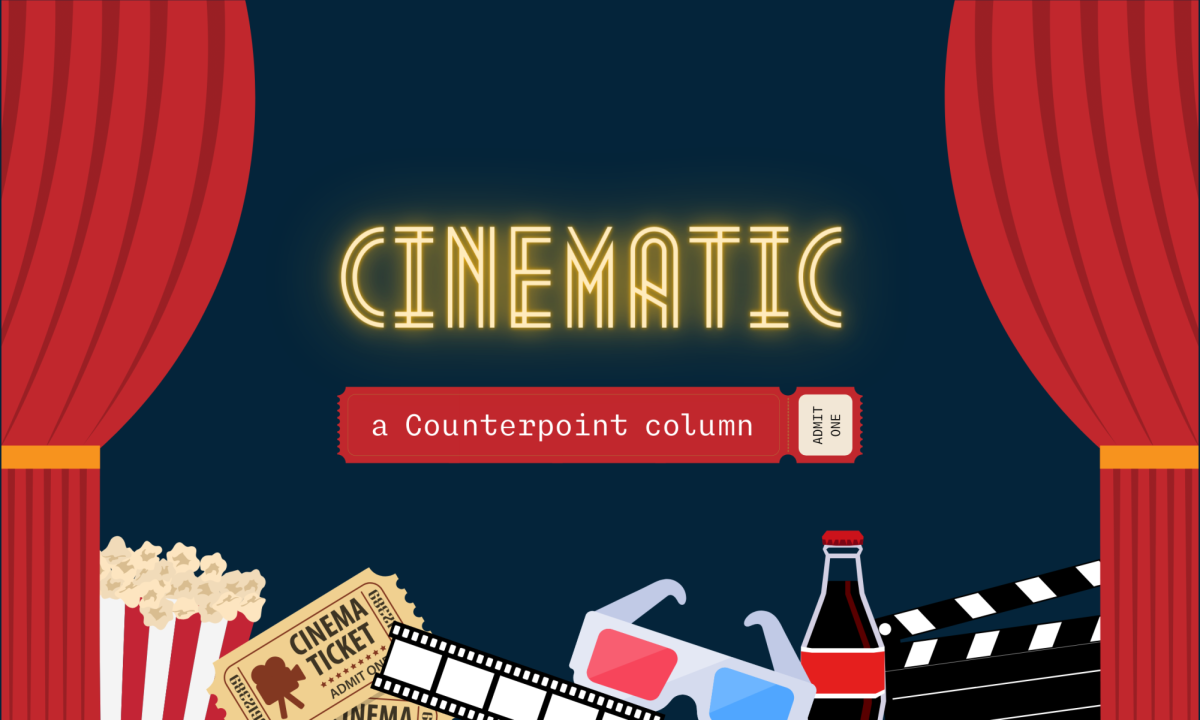“Killers of the Flower Moon,” directed by Martin Scorsese, tells the story of the Osage murders in the 1920s. The Osage are a mid-western Native American tribe who were, at the time, the richest people per capita at the time, gaining their wealth through the oil in their land.
The film specifically follows Ernest Burkhart, played by Leonardo Dicaprio, and his uncle, William Hale, played by Robert De Niro, on their quest to obtain the wealth of the Osage people, one by one, through the murder of each member of the family with the goal of inheriting the oil.
“Killers of the Flower Moon” shares an incredibly important story, one that deserves excellent actors and an excellent filmmaker, and this film definitely gets both. However, even with its incredible crew, it’s hard to ignore the three-and-a-half-hour runtime, which is the film’s main flaw. The film is not only three and a half hours, but also moves slowly, and the plot only really thickens after the two-hour mark.
But let’s start with the positive. Looking at the cast, it’s not surprising that when you put Dicaprio and De Niro together, you get a good performance. But while Dicaprio didn’t score an Oscar nomination (De Niro did for Best Supporting Actor), this is probably his best performance yet. It’s nuanced and complex in a way that I haven’t seen in any of his other films.
He always gives a top-notch performance, but this one was more impressive than the rest.
Lily Gladstone gave an even more powerful performance. Mollie and Ernest’s relationship defies the typical chivalrous marriages at the time; Mollie acts as the rich man, and Ernest the gold digger trying to appease his spouse at all times.
Gladstone exudes confidence and power in her performance while still maintaining modesty and intelligence, which places her above Ernest not only in status but in morality. That’s not an easy combination to express with the few words she’s given, but Gladstone still manages.
Scorsese is widely considered the greatest living director in Hollywood and has essentially become the ambassador of cinema. Many agree that he has mastered the art and this film is a masterpiece, and while I disagree with the second statement, there is a lot he does well.
Firstly, there are many sequences and choices Scorsese made when filming certain scenes that made me say “wow” out loud. His talent and genius in filmmaking are hard to deny.
Furthermore, in many movies about awful stories—“She Said,” “Schindler’s List,” etc.—filmmakers choose to elicit emotion through darker color-grading, a sad score, or they’ll outright say, “this is wrong.” But Scorsese doesn’t do that. No character outwardly condemns Burkhart’s and Hale’s actions; they may say it’s tragic or unfortunate, but never wrong.
This technique lets the story speak for itself, shedding light on the treatment of Native Americans across American history. It’s not a stretch to say that plenty of racist Americans didn’t think this was wrong, and the film demonstrates the dangerous mindset of the time and even of today.
Moreover, Scorsese worked with legendary editor Thelma Schoonmaker for the film. She has worked with Scorsese for over 50 years and is largely responsible for why his films always keep you on the edge of your seat. Even though his films are often long, audiences are rarely bored. Yet the one exception is “Killers of the Flower Moon.”
I am a big proponent of slow and meaningful films, but quick cuts and strategic transitions can only keep you captivated for so long. A movie doesn’t necessarily need to be action-packed or flooded with drama to be interesting, but after the three-hour mark, it kind of does.
The biggest difference I see between “Killers of the Flower Moon” and the other very long historical movie of the year, “Oppenheimer,” is that in “Oppenheimer,” a lot happens. We first see Oppenheimer’s life as a student, and then his work doing quantum research, then his work on the Manhattan Project, and then his and Stauss’s trials. In “Killers of the Flower Moon” there aren’t four plot lines, but one continuous one.
“Killers of the Flower Moon” would not only be a better film but a more powerful one if its runtime was even decreased by thirty minutes, ideally an hour. The major plot points would still have room to breathe, just not multiple minutes.
I could recommend “Killers of the Flower Moon,” but I’d sooner recommend researching the Osage Nation. The true story is more interesting and important than this film, and it’s probably a better use of your time to do some meaningful research rather than to try and keep yourself focused for over 200 minutes.
–
Cinematic is a movie review column currently publishing a series on each of the 2024 best picture nominees. To access more reviews, click the “Cinematic” tag below.



